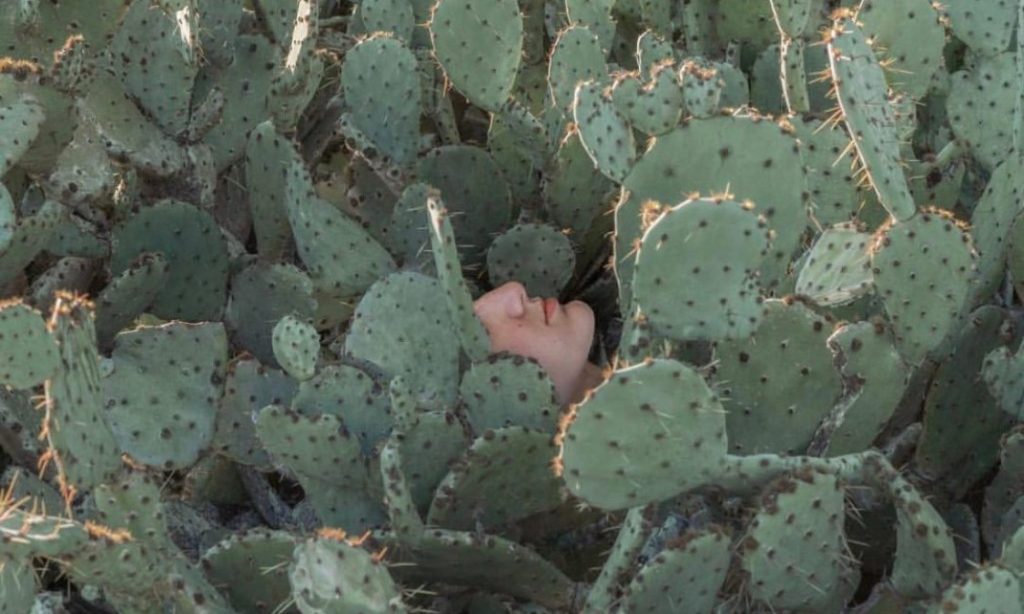In week two, I mainly focus on organising my art therapy workshop. “How to engage people?” is the crucial action for my workshop. My tutor David suggests I keep the “drawing workshop” idea mentioned in the last post. But it can have a slight change. I will invite my audience to draw self-portraits and encourage them to draw each other. I will “hide” my skill and be an organiser. When the workshop finish, I will ask them, “What’s your feeling?” “What are they look like?” and “Do you want to do it again?” etc.
David also mentioned “NLP”, which is the practice of understanding how people organise their thinking, feeling, language and behaviour to produce the results they do. Based on NLP, I can also ask, “How do you see your body?” “What do you think about the food?”

N for Neuro Each individual has established their own unique mental filtering system for processing the millions of bits of data being absorbed through the senses. Our first mental map of the world is constituted of internal images, sounds, tactile awareness, internal sensations, tastes and smells that form as result of the neurological filtering process. The first mental map is called ‘First Access’ in NLP. L for Linguistic We then assign personal meaning to the information being received from the world outside. We form our second mental map by assigning language to the internal images, sounds and feelings, tastes and smells, thus forming everyday conscious awareness. The second mental map is called the Linguistic Map (sometimes known as Linguistic Representation) P for Programming The behavioural response that occurs as a result of neurological filtering processes and the subsequent linguistic map.
After the process, I will find experts – Psychologists to evaluate my project. My colleague Jung Sook reminded an advertisement taken by DOVE company- A portrait specialist draws two portraits for each person. One is described by the person themself, and the other is by other people. The contrast between the two creates a visual impact.
The final outcome of my project aims to help people who may have issue or need helps. Figure out the “Self- identify”. Now, I need to keep the project context and attitude in my mind. Carefully use my language, and don’t offend the audience.
After the tutorial, I attended the Tuesday seminar hosted by Richard. According to his program, I draw a “project map” mapping my stages during the project. And try to understand the situations I may encounter in my projects.

Q: What will be your first intervention or your first test of your research question? A: An interactive self-portrait workshop Q: Will it be an artefact, and event, or a process? What exactly will the intervention be? A: For an event, I arrange a drawing workshop and invite my audience to draw self-portraits, and then they draw portraits for each other. Make a “before-after” vision. Q: What stakeholders will be involved? How will the intervention be used to test your question? A: Stakeholders: People who have unhealthy habits. Test question: I want to see what type of portrait I can receive. Q: After the workshop, I will ask for opinions from experts (Psychologists ish). I think about the workshop location, date, how to invite people to join my workshop, and where I can find experts. I hope I can achieve it.
Now, I will arrange my workshop and invite my audience to join me.


Taking into account personal privacy, language barriers and several other factors. My audience is mainly Chinese women in the UK aged between 20 and 30. Based on my research and related references, women in this age group are expected to be the leading eating disorder group. I wanted to build on my research to help women in other countries, not just China.
